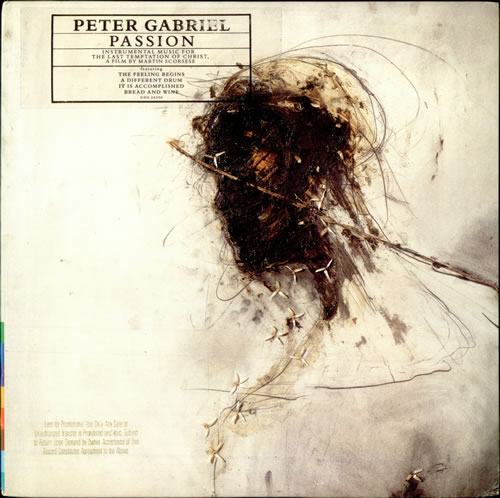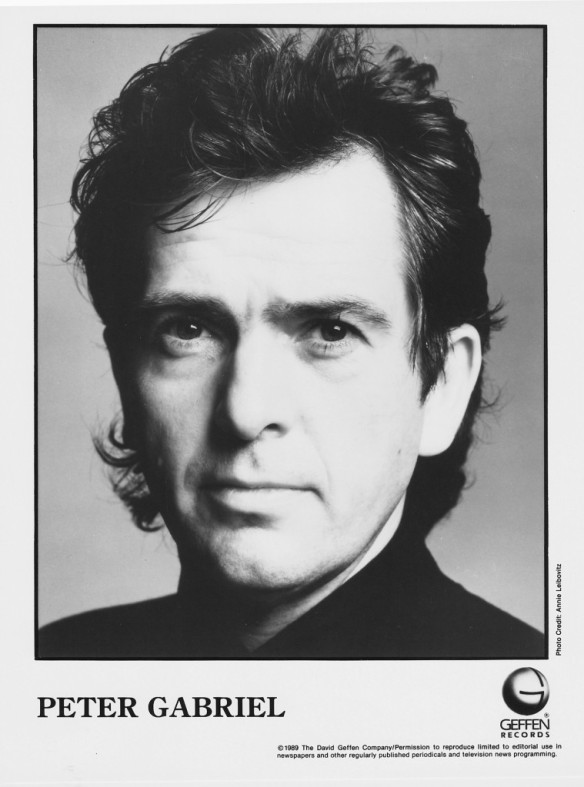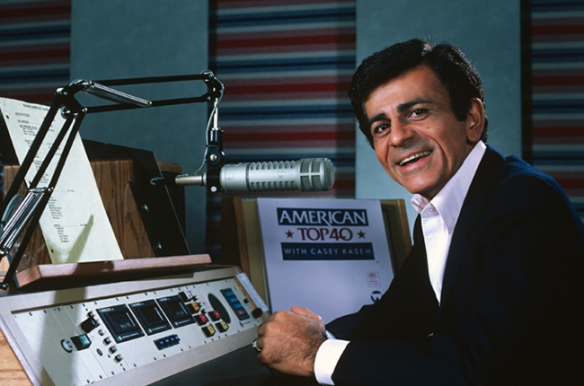
On June 15, 2014, Casey Kasem, host of the longtime countdown program, AMERICAN TOP 40, passed away at the age of 82. From my first blog post (and prolly some more inbetween then and now), I explained how, in 1979, I was a geeky, lanky and somewhat lost 12-year-old living in Central Maine, had a few friends and not a lot of interest in much of anything, but at some point early that year, I discovered AMERICAN TOP 40, and was glued to it every weekend. Not only could I hear the 40 biggest songs in the country every week, but also Casey’s cool trivia and facts about the songs and the artists, a trait I treasure to this day. For me, the show was No. 1 with a bullet. And still is (thanks to the re-airing of broadcasts of AT40 on iHeart Radio).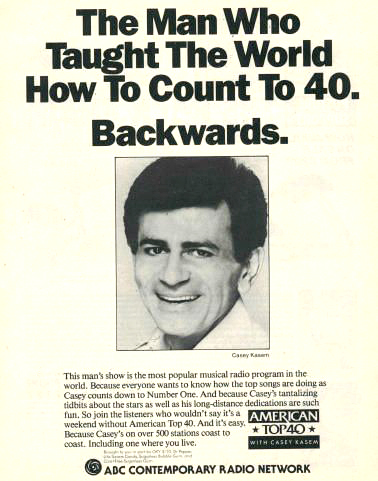
In honor of my radio hero, Casey Kasem, for the entire month of June, I will be highlighting a song each day (some days will have two songs!) that peaked in the Top 40 of the BILLBOARD Hot 100 (including five (real) one-hit wonders of the 80s), and with every blog post, just like on AMERICAN TOP 40, the hits will get bigger with each post. On June 1, 2017, I featured a song that peaked at No. 40. On June 30, I’ll feature a “song of the day” that went all the way to No. 1.
As Casey used to say on AT40, “And on we go!”
A few posts back, I complained about how certain (or all?) commercial radio programmers, over the course of time, have “determined” what songs are deemed important enough to keep going into radio immortality and how other songs are just left behind, to be merely forgotten.
Billy Joel’s “Sometimes A Fantasy” is one of those mostly-forgotten gems that got passed over in Radio Immortality Land for overrated songs like “Big Shot” (sorry, Billy, just not a fan of that one). “Sometimes A Fantasy” was the fourth of four singles released from his No. 1 album, GLASS HOUSES.
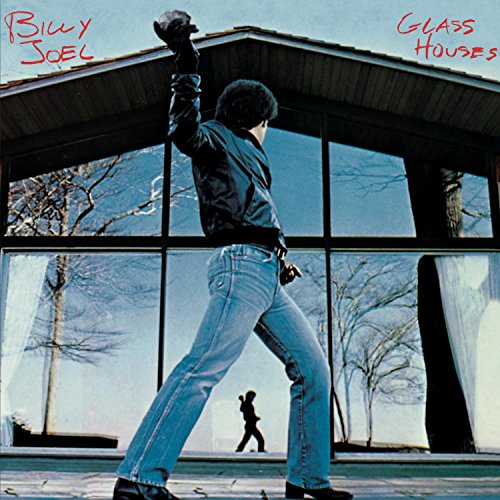
With Punk already established and New Wave on the rise, for GLASS HOUSES, Billy Joel took on a more edgier Rock approach than his other albums, and it worked. The first single, “You May Be Right,” reached No. 7, the second single, “It’s Still Rock And Roll To Me” was Billy’s first No. 1 single in America, and the laid back “Don’t Ask Me Why” (another mostly-forgotten gem) reached the Top 20.
I loved “Sometimes A Fantasy” from the first listen. Sure, the other singles from the album were great, and I owned each one of them, but “Sometimes A Fantasy” struck a chord the other ones didn’t for whatever reason. And, the single version had something the album version didn’t – a longer version.
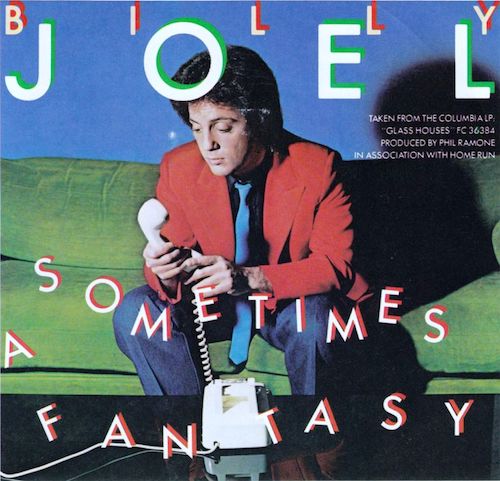
It was rare for single versions to be extended over their album counterparts, usually it was the other way around. But, with “Sometimes A Fantasy,” as the album version faded out after 3 minutes and 40 seconds, the 45 version continued on for another 40 seconds with a kick-ass guitar and instrumental solo, until Billy Joel laughs at the end and wails, “I’ve got blisters on my blisters!” (paying homage to Ringo Starr’s outburst of “I’ve got blisters on my fingers!” at the end of The Beatles’ “Helter Skelter”). I loved it! (and still do…) (And, to date, for whatever reason, outside of posts on YouTube, this version continues to NOT be available in any other form.)
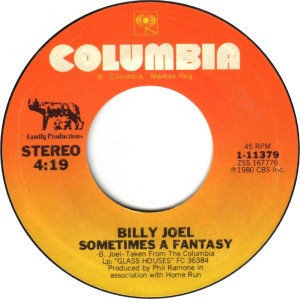
“Sometimes A Fantasy” – a song about a lonely, horny man who calls his significant other on the phone and tries to get her to have phone sex with him – debuted on the BILLBOARD Hot 100 in mid-October 1980, just as “Don’t Ask Me Why” was finishing up its run in the Top 40. It only took four short weeks for “Sometimes A Fantasy” to reach No. 40, and it looked like it was going to be another big hit for the New York City native.
But, somehow, radio programmers across the country collaborated on this one, and decided that “Sometimes A Fantasy” wasn’t the hit they thought it was, and the song spent a quick two weeks at No. 36 on the Hot 100 in mid-November 1980. It was off the Hot 100 after just nine surprising weeks. I was so disappointed because it’s such a great song, one of my all-time favorite Billy Joel songs.
If my memory serves correctly, I believe GLASS HOUSES was the third non-soundtrack album (following Fleetwood Mac’s RUMOURS and Michael Jackson’s OFF THE WALL) to generate four Top 40 singles from one album. It’s been more commonplace and then some since then. In fact, three albums released in the 80s had seven singles released – Michael Jackson’s THRILLER, Bruce Springsteen’s BORN IN THE U.S.A., and Janet Jackson’s RHYTHM NATION 1814 – and even more impressive, all seven hits from each of those historic albums reached the Top 10. And RHYTHM NATION 1814 remains the only album in history to have seven commercially-released singles reach the Top 5.
SCRUBS, my third-favorite show of all-time, was thankfully notorious for keeping the 80s alive with mentions and song selections (and incorporating the amazing Colin Hay into many episodes), and in a Season 6 clip episode, “Sometimes A Fantasy” was used. And, it was nice that I wasn’t the only one who remembered this awesome song.
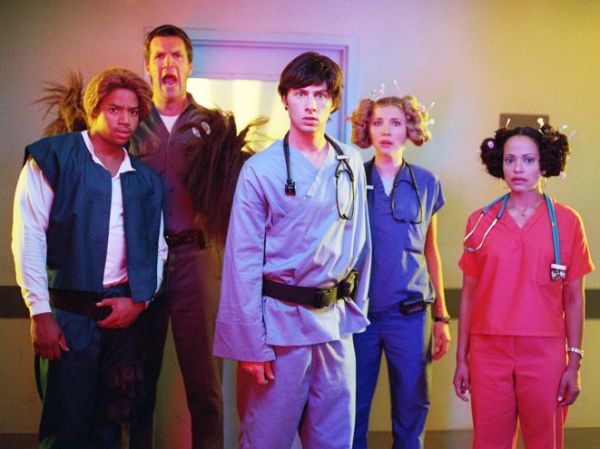
Well, “Sometimes A Fantasy” didn’t reach the Top 5, or even the Top 35, though I wish it had. I could fantasize that it charted higher than it did, but it’s not the real thing. Still, though, I’ve always contended that “Sometimes A Fantasy” is one of the coolest things Billy Joel ever did, even if radio programmers of the day didn’t think so…
https://www.youtube.com/watch?v=hhJg1finpyU


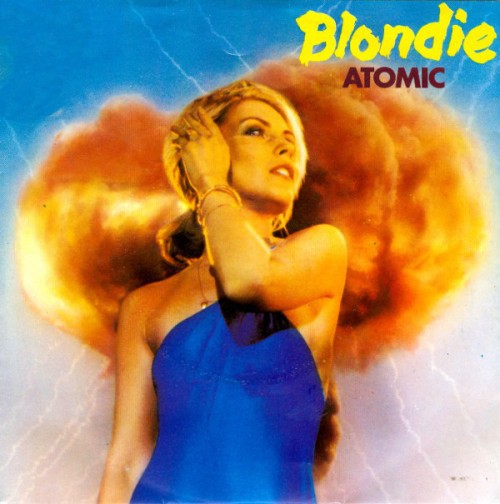
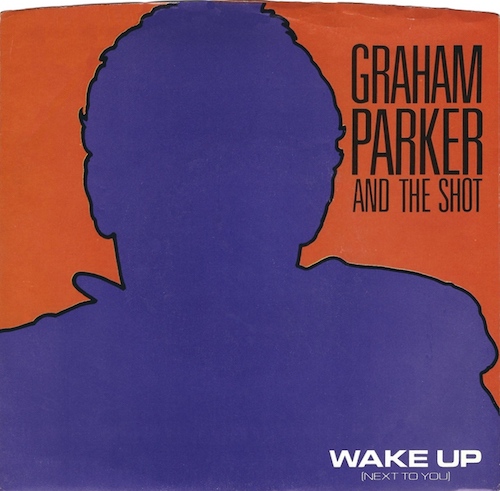
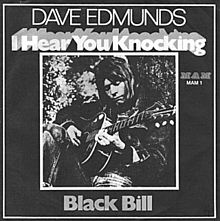 Born in Cardiff, Wales, Dave Edmunds first got his big break with a band called Love Sculpture, and in 1968, they reached No. 5 on the U.K. singles chart with a song called “Sabre Dance.”
Born in Cardiff, Wales, Dave Edmunds first got his big break with a band called Love Sculpture, and in 1968, they reached No. 5 on the U.K. singles chart with a song called “Sabre Dance.”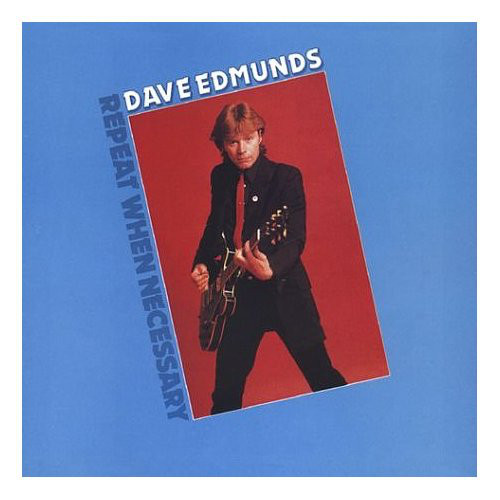
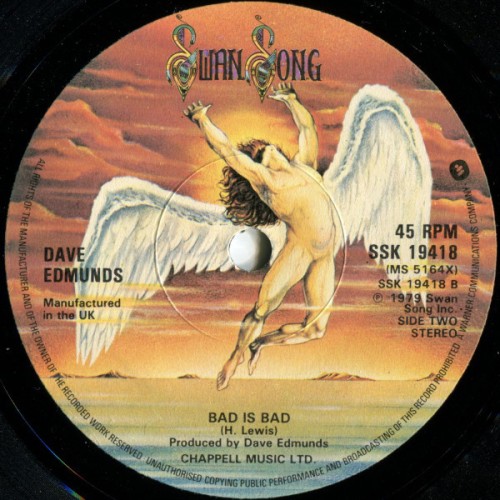
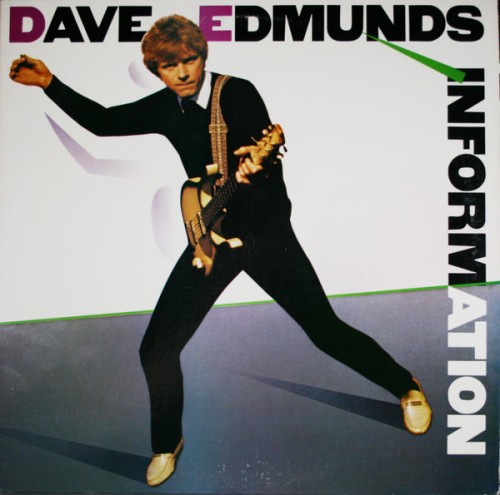

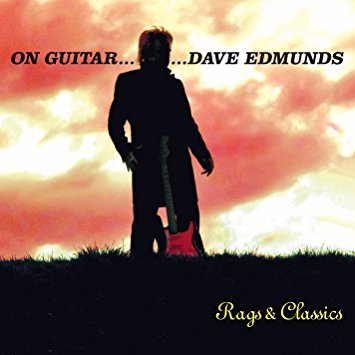
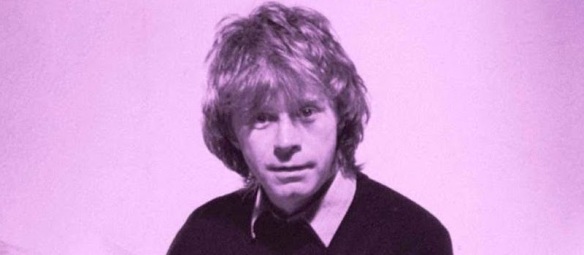
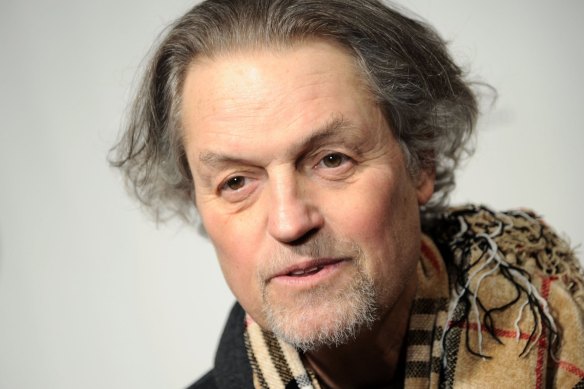
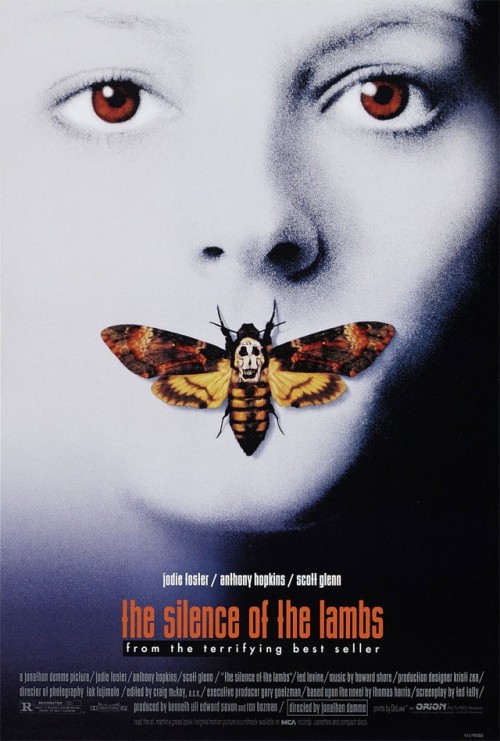
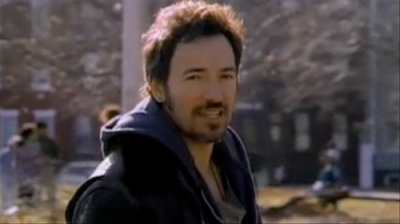
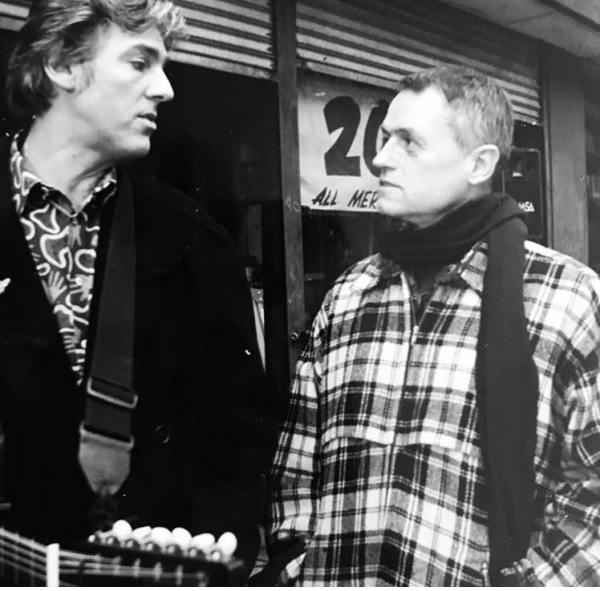
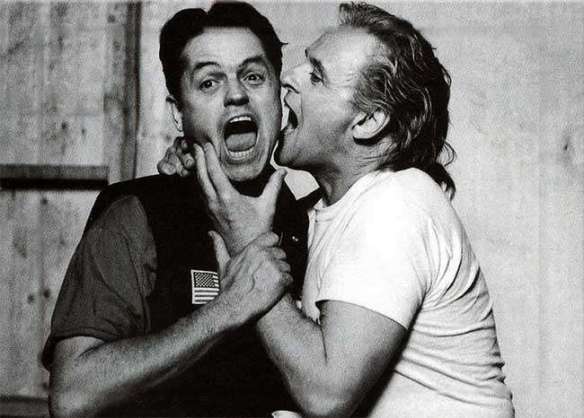
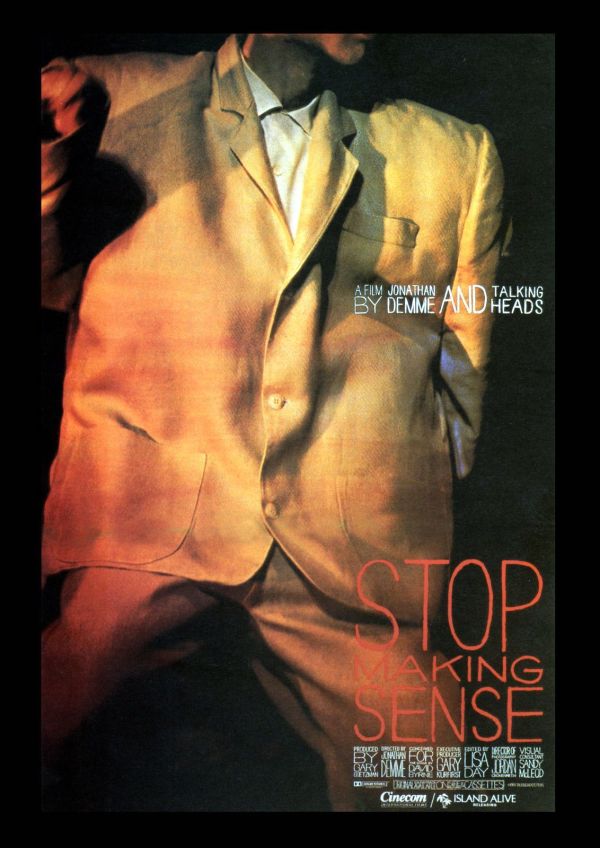
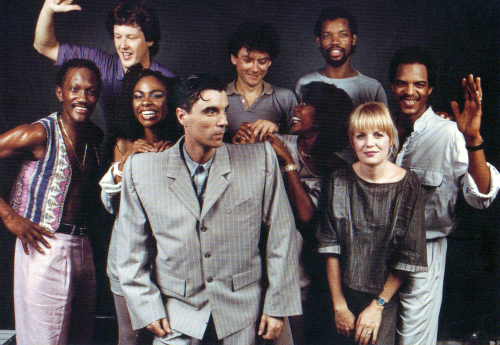
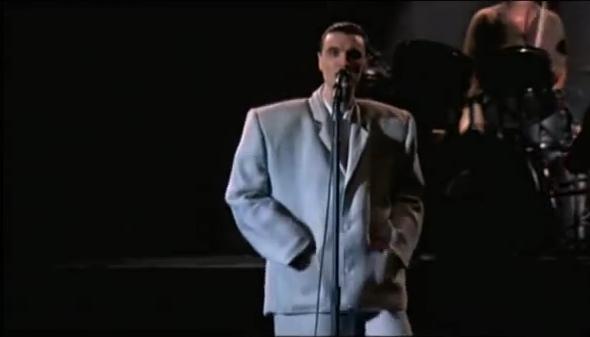
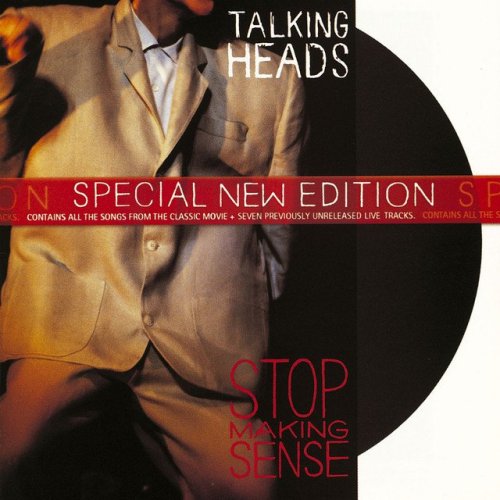

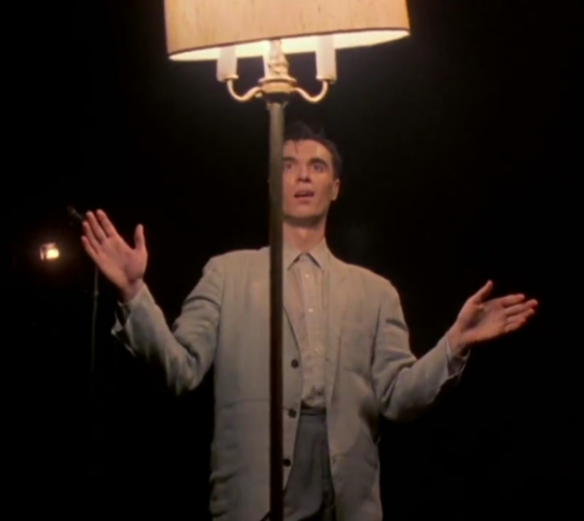
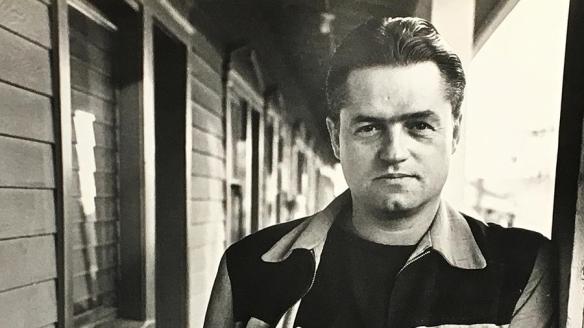
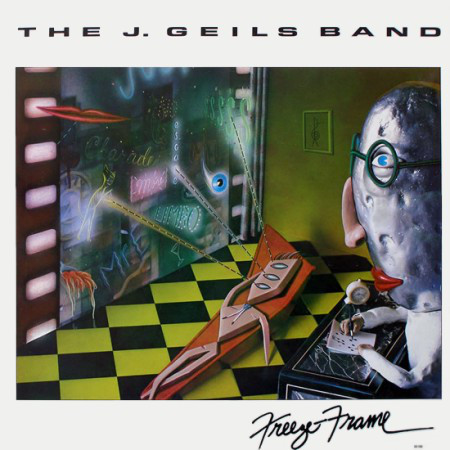
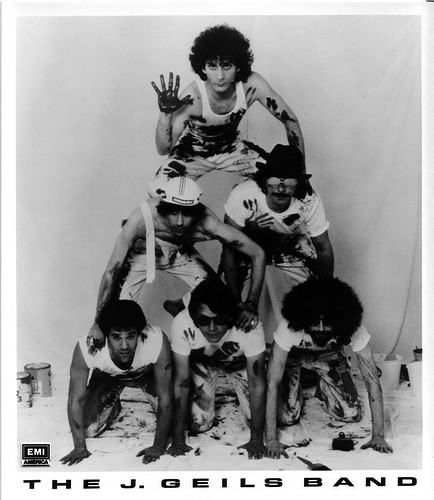

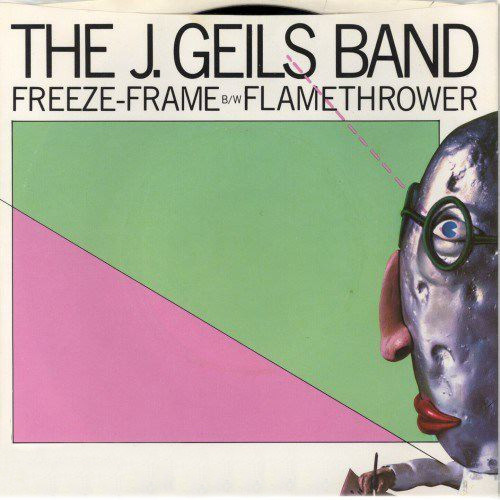


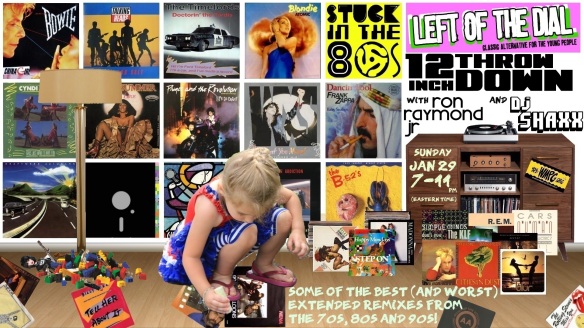
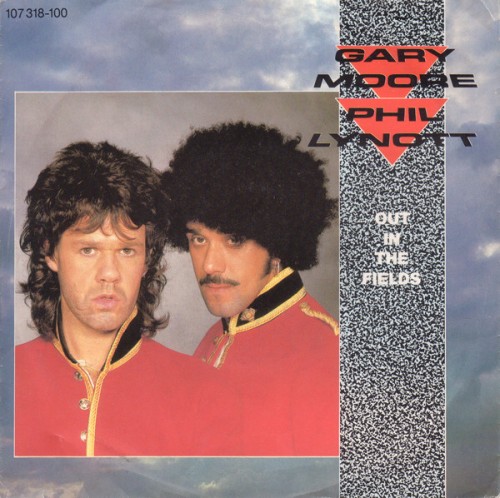
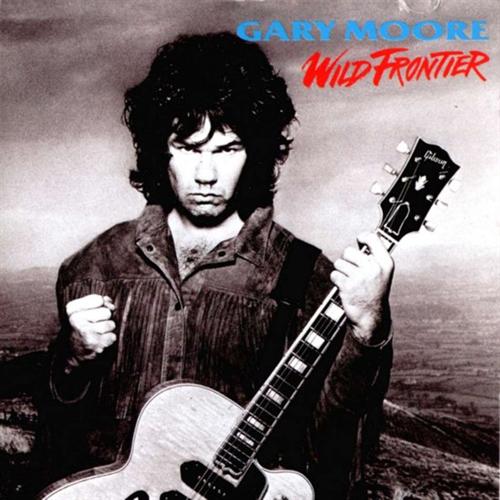
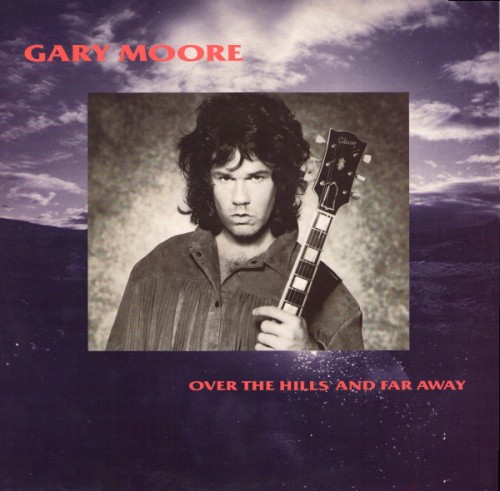
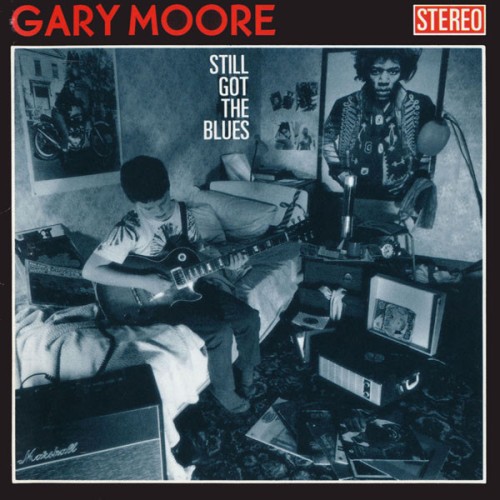
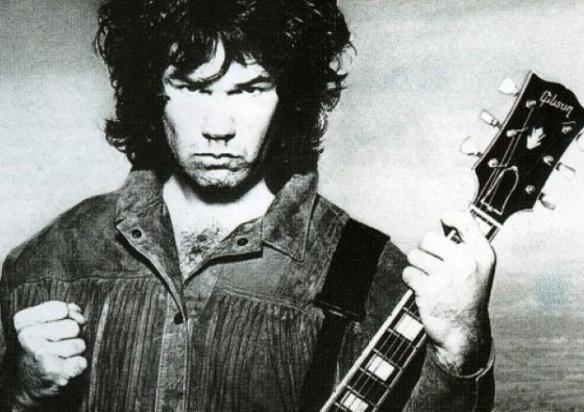
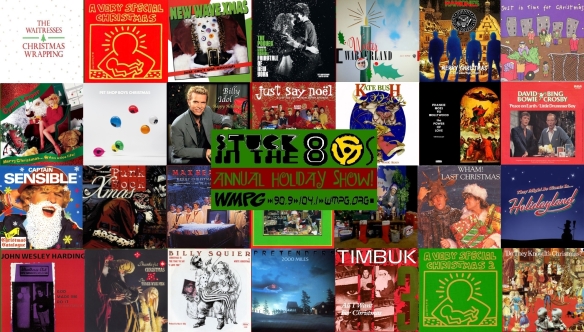
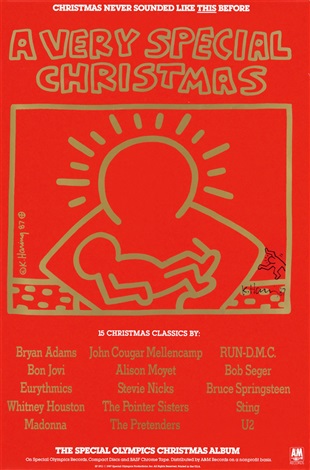

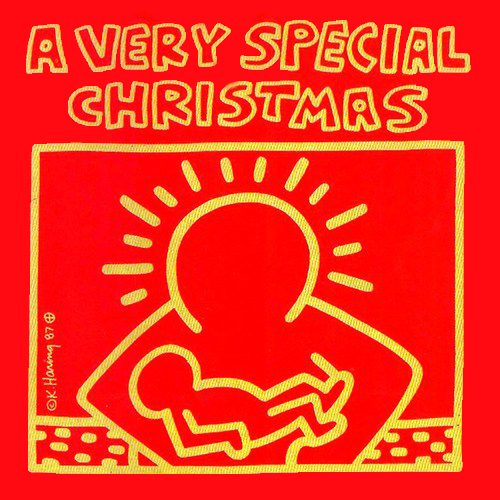
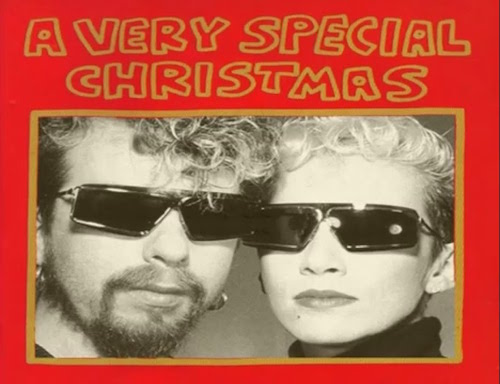
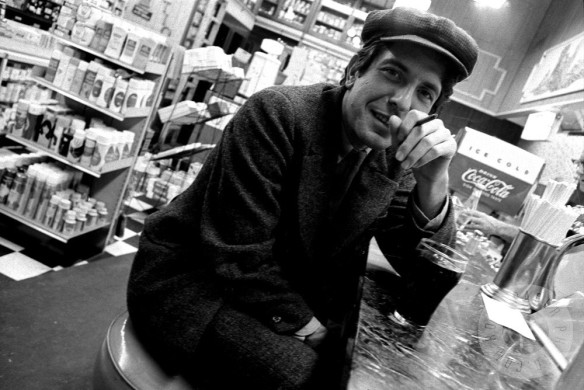
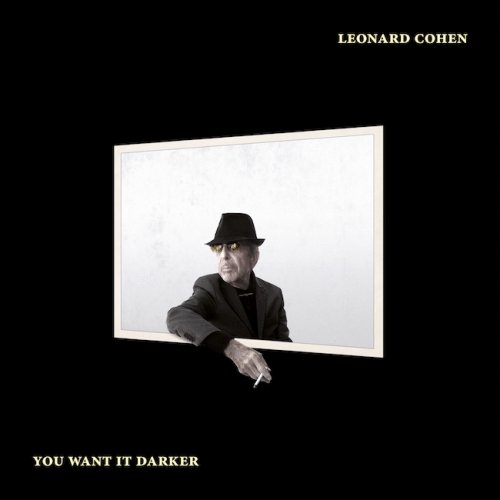
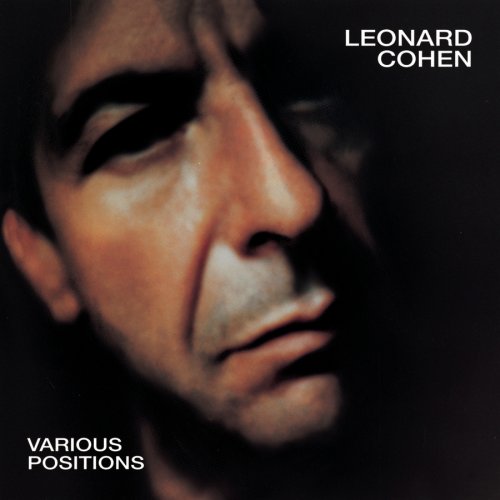
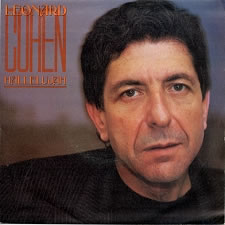 Of the song, Leonard Cohen said, “Hallelujah is a Hebrew word which means ‘Glory to the Lord.’
Of the song, Leonard Cohen said, “Hallelujah is a Hebrew word which means ‘Glory to the Lord.’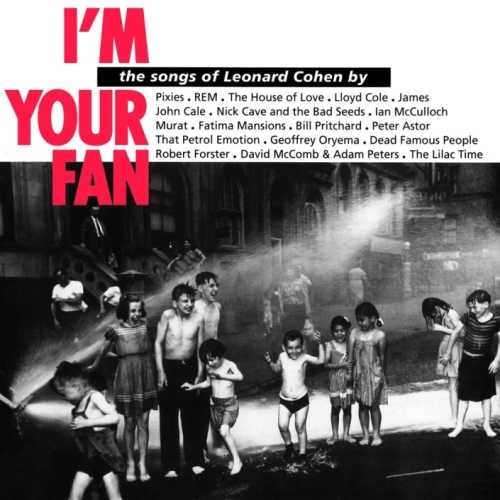
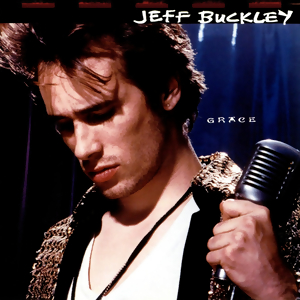
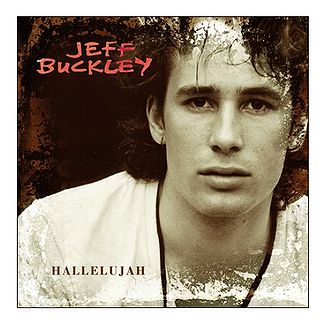
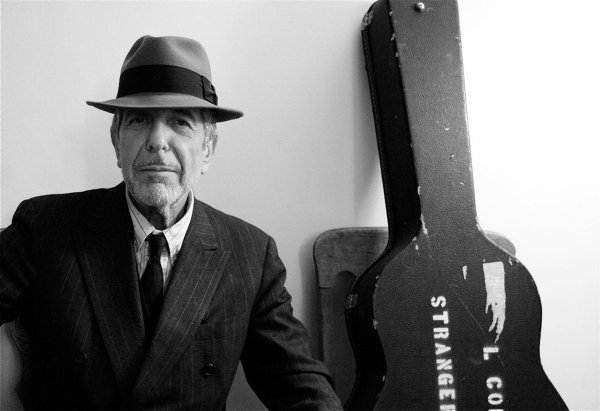
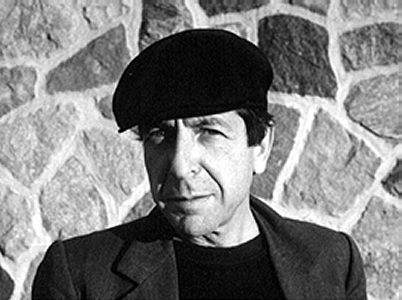

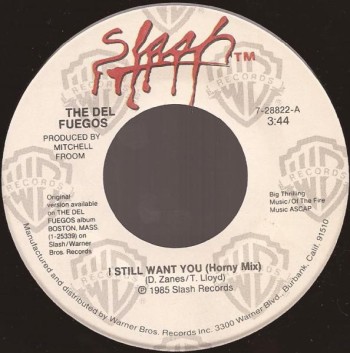 Years later, I was excited to find the 45 of “I Still Want You” at a record show in Portland, Maine, and had to laugh, because it was an alternate version of the album version – it was called the “Horny Mix.”
Years later, I was excited to find the 45 of “I Still Want You” at a record show in Portland, Maine, and had to laugh, because it was an alternate version of the album version – it was called the “Horny Mix.”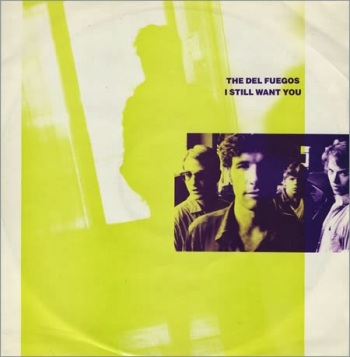
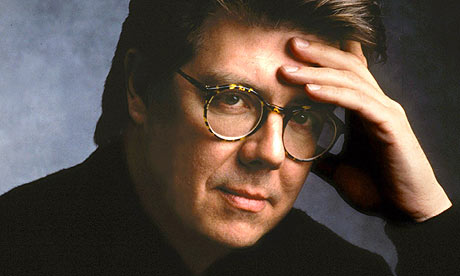

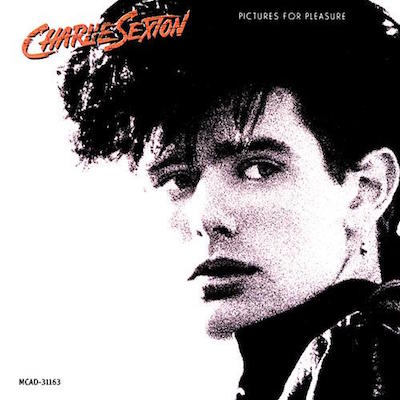 Charlie’s impressive guitar work was already legendary, especially for such a young man, and in 1985, then just 16 years old, he released his first album, PICTURES FOR PLEASURE.
Charlie’s impressive guitar work was already legendary, especially for such a young man, and in 1985, then just 16 years old, he released his first album, PICTURES FOR PLEASURE.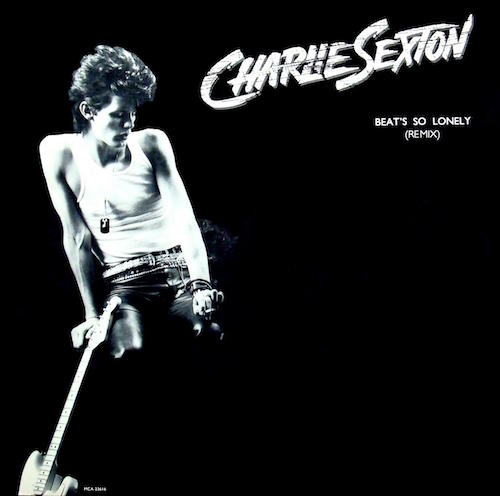

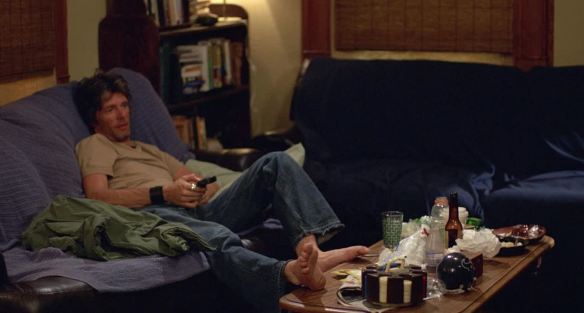

 But, just because there was a gap between these albums doesn’t mean Peter Gabriel wasn’t busy.
But, just because there was a gap between these albums doesn’t mean Peter Gabriel wasn’t busy.
